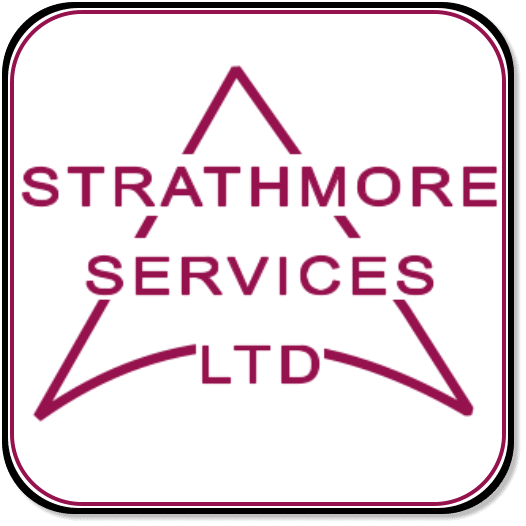Diacetyl is a chemical compound that is commonly used in food and beverage manufacturing as a flavouring agent. It has a buttery taste and is often used in products such as microwave popcorn, butter, and margarine. However, exposure to diacetyl vapour has been linked to serious health risks, including a severe respiratory condition known as bronchiolitis obliterans.
The Health and Safety Executive (HSE) has recently issued a safety alert regarding exposure to diacetyl vapour in food and drink manufacturing. The alert highlights the potential risks associated with diacetyl exposure and provides guidance for employers on how to reduce the risk of harm to their workers.
The main danger associated with diacetyl exposure is the risk of developing bronchiolitis obliterans, a serious lung disease that can cause irreversible damage to the respiratory system. The condition is also known as “popcorn lung” due to the high number of reported cases among workers in microwave popcorn factories.
The HSE alert recommends that employers take steps to minimize the risk of diacetyl exposure. These include:
- Conducting a risk assessment: Employers should conduct a risk assessment to identify areas where diacetyl exposure may occur and to determine the potential harm that may result from such exposure.
- Implementing control measures: Once potential exposure areas have been identified, employers should implement control measures to minimize the risk of exposure. This may include the use of personal protective equipment (PPE), such as respiratory protection, and engineering controls, such as ventilation systems and the use of closed systems to prevent the release of diacetyl into the air.
- Training and education: Employers should provide training and education to workers on the risks associated with diacetyl exposure and the measures that have been put in place to minimize those risks. Workers should also be instructed on the proper use of PPE and other control measures.
- Monitoring and health surveillance: Employers should monitor the workplace to ensure that exposure levels are within safe limits and conduct regular health surveillance to detect any early signs of respiratory problems in workers.
By following these guidelines, employers can help to minimize the risk of harm to their workers and ensure that they are providing a safe and healthy working environment. It is important that employers take these measures seriously and prioritize the health and safety of their workers over other considerations.





